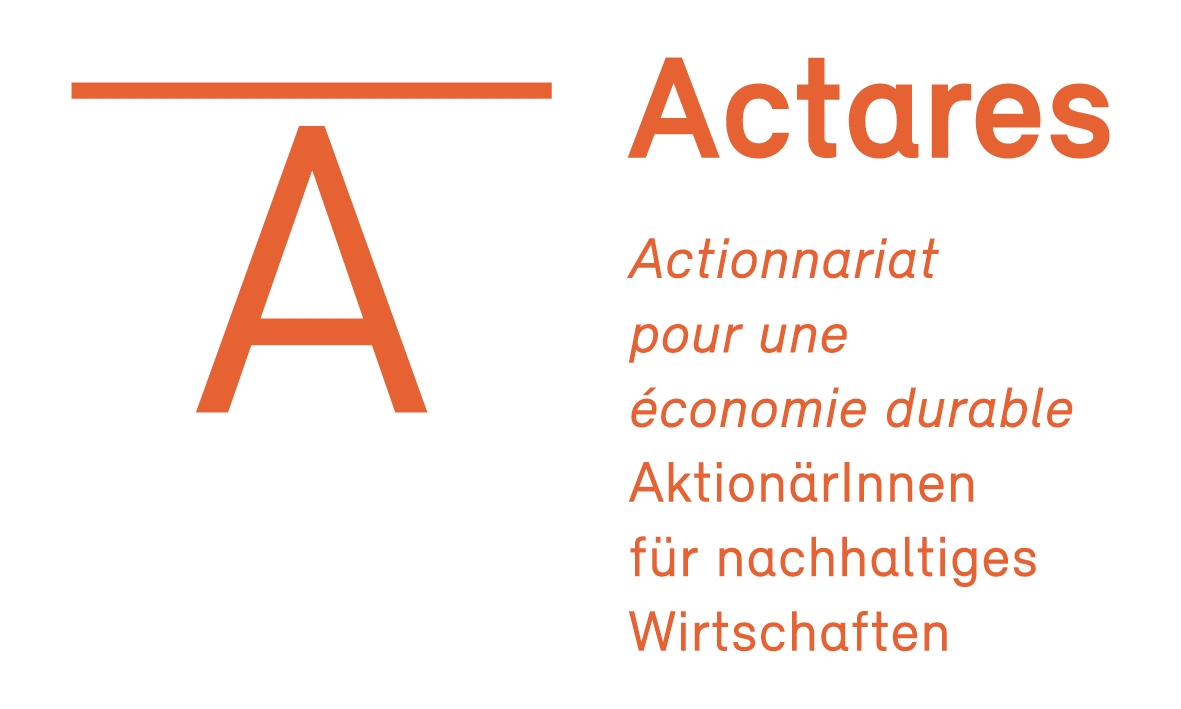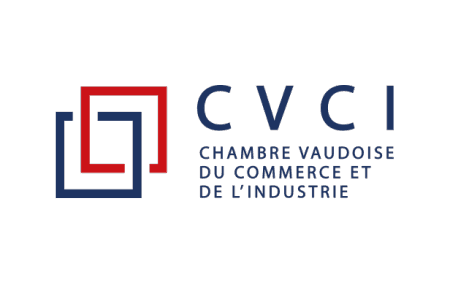Over the last decade, the issue of sustainability has been at the heart of all discussions, especially when it comes to the industrial sector. Indeed, it is now unthinkable to start a business, all sectors combined, that does not take into account its ethical and ecological considerations. One area that has been subject to close scrutiny is the luxury sector, and more specifically the watch making and jewelry industries. Historically, these two sectors have long had a dubious, sometimes misguided, reputation when it comes to sustainability, prompting them to change their obsolete practices and invest in new sustainable ones.
In light of such concerns, a plethora of promising start-ups have emerged, sparking great interest within the luxury sector as potential future eco-responsible alternatives. These include the use of organic materials such as algae and mushrooms, which could take over the luxury sector in the upcoming years.
Algae – the superpower material
One start-up that stands out in this field is the British brand Notpla, founded in 2014, with the mantra of getting rid of plastic packaging altogether, and wrapping as a whole. They created the Notpla rigid product, a revolutionary packaging box made from algae biomass that is 100% compostable and biodegradable in the space of only 6 weeks. Diluted in water, it can also be used as plant fertilizer by its users. One of its first luxury clients is the current leader in sustainable watchmaking, ID Watch Genève, already using it for its watch boxes, starting with its solar watch collection, Circular S.
Can algae be the new super material of the future? Despite its relatively repulsive image in the minds of most people, it is in fact farmore vital to safeguarding our planet and human life than it appears. Among its super power qualities, algae are at least ten times more efficient than terrestrial plants at capturing carbon, help purify our environment and oxygenate oceans, and can grow at unmatched rates without the need for any chemicals. They are also currently being considered by scientists from the University of Munich as the possible new industrial-strength material of the future, that’s as hard as steel but weighing only a fraction of its weight. Needless to say, algae is indeed a super material!
On another note, Bompas & Parr, a British creative studio made up of various artists, has also decided to incorporate algae in its designs. In a highly innovative and unconventional approach, the studio created a “living” jewelry line that glows thanks to bioluminescent algae, called the Mermaid Lunchbox. Inside the vial of the necklace’s pendant resides a bloom of dinoflagellates, that makes the necklace glow blue when shaken. The algae inside the pendant recharges during the day through photosynthesis, and then glows at night. Although its benefits remain debatable, according to its creators, it is a way for people to learn how to care for it, as the algae requires specific care to flourish. In doing so, it also helps to put our relationship with the environment into perspective and bring humans closer to nature. Nevertheless, it is unknown if the other materials used in this specific line are eco-friendly. What this does show, however, is that algae can also be used to make jewelry and could potentially constitute a sustainable alternative in the future.
Unknown power of the mycelium
Another British start-up that has made its name in the world of luxury packaging is MycoWorks, a start-up founded in 2013 and now taking the luxury industry by storm. Having celebrated its 10 year anniversary in 2023, this start-up achieved a breakthrough in materials science and biotechnology, by tapping into the then little-known power of the mycelium. Indeed, its manufacturing process is eco-responsible, fast, and energy-efficient since it grows in the dark, using very little water and no pollutants. Reishi, their first product made with this technology is said to be “the first natural material to match the performance of the finest animal leathers” according to their website, allowing to foresee a world where sustainability would also spare animal lives. Interestingly enough, MycoWorks has also expanded into the jewelry world with their first Reishi Brooch, a custom jewelry piece made with the Reishi technology to highlight its material in the center of the piece. However, the metal used for the outside of the brooch remains of unknown origin.
Even more experimental, Icelandic designer, Hafsteinn Juliusson, invented the Growing Jewelry, a collection of jewelry that incorporates moss and needs to be watered by its owner like any other plant. The designer sees it as a redefinition of modern values and of our relationship with the planet, the same way Bompas & Parr did. For the moss to remain green, one needs to take care of its ring. How innovative is that? Although the design was invented nearly 10 years ago, it seems to be most relevant today.
So, can mycelium and algae take over the luxury jewelry and watch industry? Time will tell, but it seems to be heading in the right direction.
Vegan craftsmanship
So far, we have focused on the use of organic materials in “complementary” luxury attributes, such as the centerpiece of jewelry pendants or box containers for watches. Little has been said about the actual constituents of these luxury accessories, such as watch bracelets. Surprisingly enough, there are a growing number of eco-friendly alternatives for them too.
Three startups in particular are proving time and again that quality watch straps do not have to be made from nonbiodegradable materials like plastic, and could instead be made from wine! The VEGEA company located in Milan, Italy, collaborates with local wineries and wine cellars to upcycle their wine residues, such as grape skins and seeds discarded during wine production, into vegan textile, which can then be used to make plant-based watch bracelets.
High quality bracelets can also be cruelty-free. The French start-up Ictyos, “made in Lyon”, reimagined the traditional leather manufacturing by producing what it calls ethical marine leathers. Well, how does it work one might ask? In three words: fish skin recycling. Who would have thought that fish skin from the food industry could, once properly recycled, turn into high-quality natural leather? Above all, the start-up is committed to respecting biodiversity, by using only plant tannins composed of leaves or fruits and not using any fish skin of endangered species. More detailed information on their meticulous 6 steps manufacturing journey can be found on their website. According to them, the final marine leather material is one of the toughest and finest leathers in the world, perfect for use in watchmaking.
The next startup has demonstrated that leather does not have to be made of animal leather at all! In fact, US based start-up Mirum shows that the same result can be achieved with its personalized and tailored formula, consisting of a mix of natural rubber, vegetable oil, citric acid and a number of natural fibers. Put together carefully, their final product imitates the look and feel of traditional leather without using plastic components in its production. More importantly, this eco-friendly alternative to traditional leather is created using sustainable, cruelty-free processes. Not only is this material resistant, high quality and environmentally friendly, it can also be used in a wide range of fields, from watchmaking to the fashion industry, upholstery and even the automobile sector.
Last but not least, it is important to point out that even the alloy in watches can be 100% recycled. The Swiss company, Panatere, is at the forefront of this new approach by providing a fully recyclable steel material made from locally sourced chips (steel waste), which are melted using a solar furnace. With this technique, the company reduces by over 160 times the carbon footprint of their steel production. This could represent a very interesting sustainable alternative for watch brands, given the large number of steel watch pieces produced every year. Indeed, according to the official numbers provided by the Federation of the Swiss Watch Industry (FH), in 2021, 15.7 million watches were produced in Switzerland, among which 62% made of steel. With this new technology, Panatere can produce and equip 6 millions watches in steel in the space of 14 minutes, all while recycling steel scrap. This shows a great example of the growing potential of a circular economy within the luxury industry.
All these aforementioned examples are a testimony of many different available alternatives. Whether it lies in the raw material constituents of a piece or in decorative components, many eco-friendly alternatives exist, leading the way to a bright and sustainable future.
A bright and sustainable future
The issue of eco-materials and responsible materials should be a key priority for the luxury goods of tomorrow. While this article only touches the surface of existing eco-friendly alternatives available on the luxury market, it does demonstrate, however, that there is enormous room for improvement for all luxury brands that have not yet opted for green, sustainable practices. Be it watches or luxury jewelry, there are plenty of start-ups out there striving to make a positive change in this world. Plus, how cool would it be to have a watch made from recycled fish skin? However, it is still important to remember that, being a luxury market, the starting price of such alternatives is still quite expensive. We can only hope that, in time, as they become more popular, these alternatives will prove more accessible to the entire population.
Darica Egorova
Innovation Time Genève

Last modified: 22 avril 2024






















